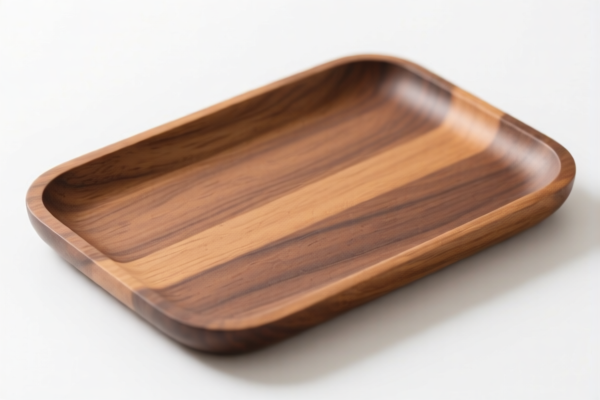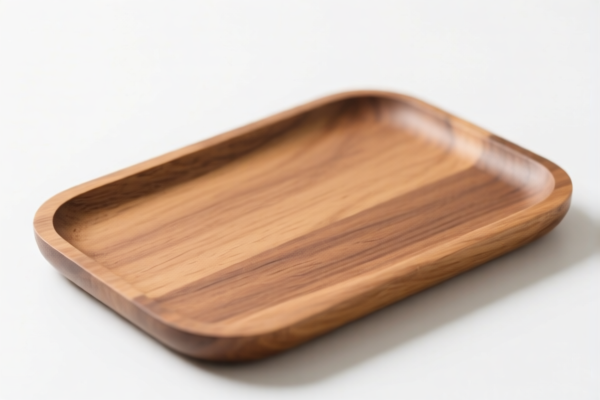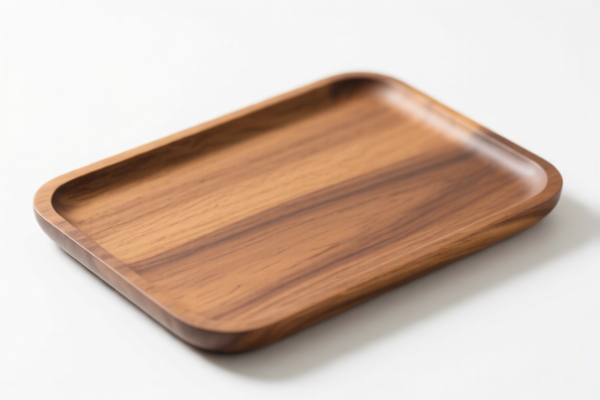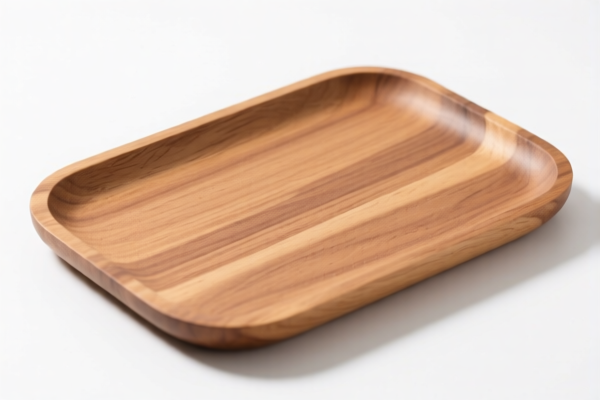| HS Code | Official Doc | Tariff Rate | Origin | Destination | Effective Date |
|---|---|---|---|---|---|
| 3926901000 | Doc | 40.9% | CN | US | 2025-05-12 |
| 3926901000 | Doc | 40.9% | CN | US | 2025-05-12 |
| 3923900080 | Doc | 58.0% | CN | US | 2025-05-12 |
| 6507000000 | Doc | 55.0% | CN | US | 2025-05-12 |




Exercise Tray
An exercise tray is a portable, often plastic, surface designed to hold items during physical activity, particularly rehabilitation exercises or low-impact workouts.
Material
Typically constructed from durable, lightweight plastics like polypropylene or ABS. Some models incorporate metal bracing for increased stability or feature padded surfaces for comfort. Higher-end trays may utilize aluminum for a more premium feel and increased weight capacity.
Purpose
The primary purpose of an exercise tray is to provide a stable platform for objects needed during exercise, freeing the user's hands and allowing for focused movement. This is especially useful for individuals recovering from injuries, those with limited mobility, or anyone performing exercises that require both hands.
Function
Exercise trays function by offering a flat, secure surface, usually with raised edges or lips to prevent items from sliding off. Many models include features like adjustable height settings, angled surfaces, or integrated cup holders to enhance usability and accommodate various exercise types.
Usage Scenarios
- Rehabilitation: Commonly used during physical therapy exercises to hold weights, resistance bands, or other therapeutic tools. Allows patients to focus on proper form without juggling equipment.
- Low-Impact Workouts: Suitable for seated exercises like bicep curls, tricep extensions, or light dumbbell work.
- Home Exercise Programs: Facilitates independent exercise at home, particularly for seniors or individuals with mobility limitations.
- Stationary Cycling/Elliptical: Provides a place for water bottles, books, or remote controls during cardio workouts.
- Adaptive Exercise: Used to support the arms or hands of individuals with disabilities, enabling them to participate in exercise routines.
Common Types
- Flat Tray: The most basic type, offering a simple, level surface.
- Adjustable Height Tray: Allows users to customize the tray's height for optimal comfort and positioning.
- Angled Tray: Features an angled surface for specific exercises or to provide better wrist support.
- Lap Desk Style Tray: A larger tray designed to sit comfortably on the lap, often with cushioned bottoms.
- Folding Tray: Compact and portable, ideal for storage and travel.
- Tray with Cup Holder: Includes a built-in cup holder for convenient hydration.
- Weighted Tray: Provides added stability during exercise, particularly for individuals with tremors or balance issues.
Based on the provided information, classifying “exercise tray” requires careful consideration of its material and intended use. Here’s a breakdown of potentially relevant HS codes:
- 3926.90.10.00: This HS code covers “Other articles of plastics and articles of other materials of headings 3901 to 3914: Other: Buckets and pails”. While seemingly specific, if the exercise tray is constructed of plastic and functions as a container (even broadly), this could apply. The total tax rate is 40.9%, comprised of a 3.4% base tariff, a 7.5% additional tariff, and a 30.0% additional tariff effective April 2, 2025.
- 3923.90.00.80: This HS code covers “Articles for the conveyance or packing of goods, of plastics; stoppers, lids, caps and other closures, of plastics: Other Other”. If the exercise tray is designed for holding or transporting items during exercise (e.g., weights, equipment), it could fall under this classification. The total tax rate is 58.0%, consisting of a 3.0% base tariff, a 25.0% additional tariff, and a 30.0% additional tariff effective April 2, 2025.
According to the provided reference material, the HS code options related to 'exercise tray' are limited, with only the following 2 found.
It is important to determine the tray’s primary function and material composition for accurate classification. If the tray is made of plastic and primarily serves as a container, 3926.90.10.00 may be more appropriate. If it’s designed for conveyance or packing of exercise goods, 3923.90.00.80 could be the correct classification.
Customer Reviews
No reviews yet.